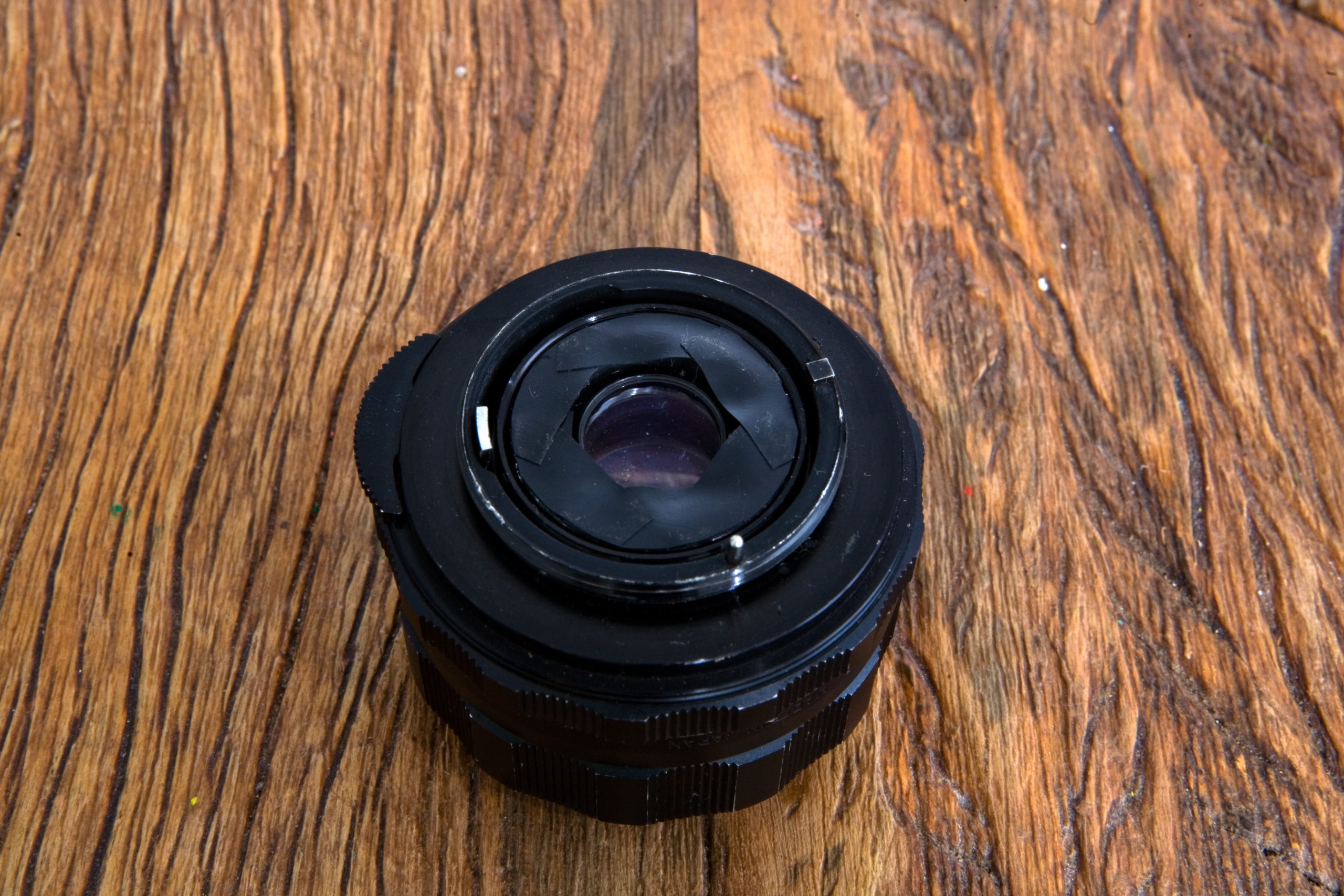This series was created in 2009, and some further pieces in 2014. The Natural History Museum series was the result of two distinct sets of research: the first involved the construction of lenses using optical elements of any origin (in this work Malva used a transparent lid of shampoo); the second centred around modifications of software on digital cameras. The images have no posttreatment or retouching and have the approximate dimensions of the original objects themselves. The series features 95 images, including insects, skeletons, stuffed animals and containers of formaldehyde solution. They were photographed in museums in the interior of the state of São Paulo and in private collections. Since 2009 this work has been exhibited in São Paulo, London, Oslo, and Portugal. Some of the works are in the process of being acquired by the City Museum of São Paulo.
Natural History Museum
2009-14

series: Natural History Museum
year: 2009
support: Giclée on Hahnemühle Photo Rag 308gsm
edition: 5/6 + 4 Ap
size: 80×80 cm
year: 2009
support: Giclée on Hahnemühle Photo Rag 308gsm
edition: 5/6 + 4 Ap
size: 80×80 cm

series: Natural History Museum
year: 2010
support: Giclée on Hahnemühle Photo Rag 308gsm
edition: 3/6 + 4 Ap
size: 30×20 cm
year: 2010
support: Giclée on Hahnemühle Photo Rag 308gsm
edition: 3/6 + 4 Ap
size: 30×20 cm

series: Natural History Museum
year: 2010
suport: Giclée on Hahnemühle Photo Rag 308gsm
edition: 3/6 + 4 Ap
size: 30×20 cm
year: 2010
suport: Giclée on Hahnemühle Photo Rag 308gsm
edition: 3/6 + 4 Ap
size: 30×20 cm

series: Natural History Museum
year: 2010
support: Giclée on Hahnemühle Photo Rag 308gsm
edition: 3/10 + 4 Ap
size: 30×20 cm
year: 2010
support: Giclée on Hahnemühle Photo Rag 308gsm
edition: 3/10 + 4 Ap
size: 30×20 cm

series: Natural History Museum
year: 2010
support: Giclée on Hahnemühle Photo Rag 308gsm
edition: 3/6 + 4 Ap
size: 30×20 cm
year: 2010
support: Giclée on Hahnemühle Photo Rag 308gsm
edition: 3/6 + 4 Ap
size: 30×20 cm
The series:
Natural History Museum
The technique
Digital photography
The Natural History Museum series has no posttreatment or retouching using a homemade lens by a transparent lid of shampoo, and the pieces have the approximate dimensions of the original objects themselves.





